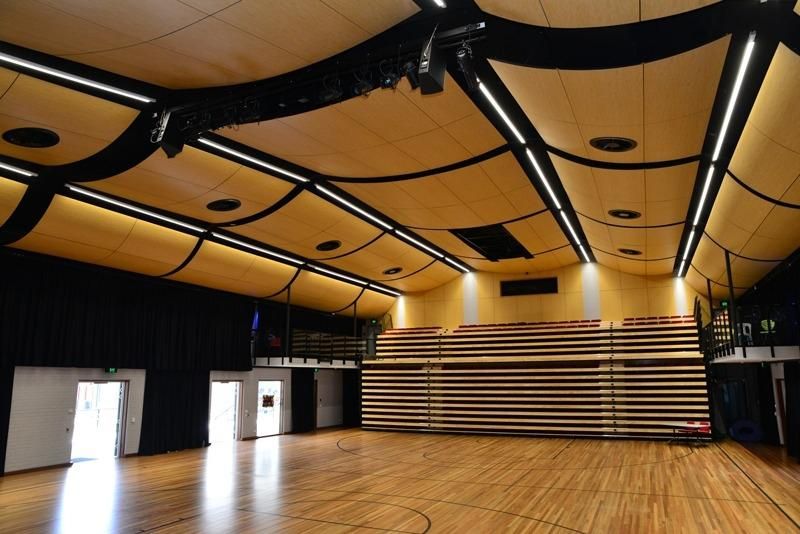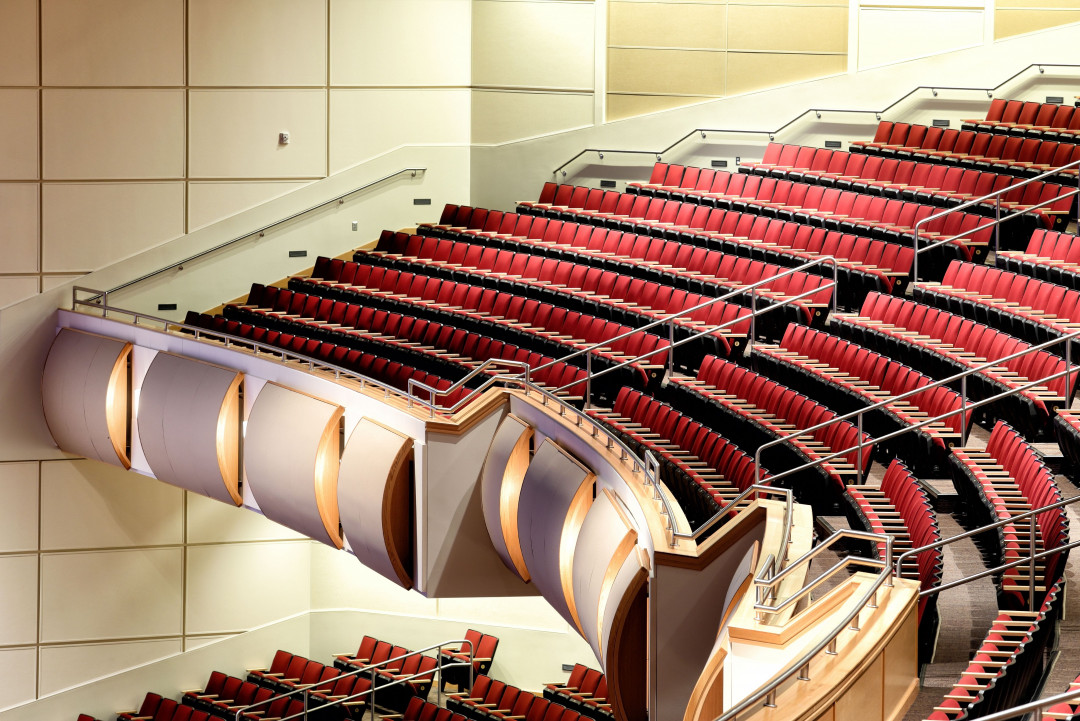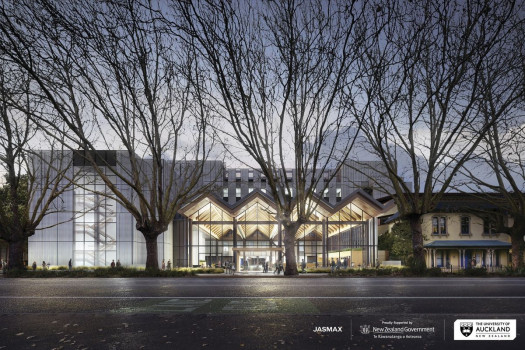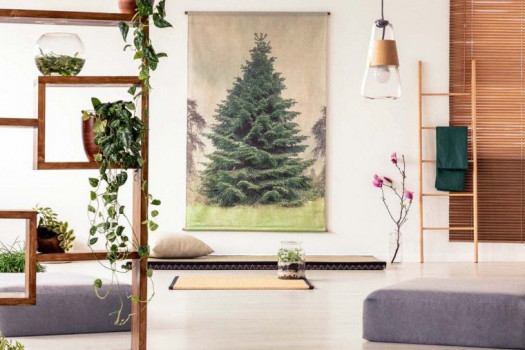Basics of Soundproofing




Soundproofing
While room acoustics deals with sound inside a space, sound proofing is about stopping a sound before it enters or exits the room. Sound travels through vibrations, once you understand that principle it's easy to see what sort of shapes and materials are needed for soundproofing.
Density is the most important factor when it comes to soundproofing, molecules that are closer together have less room to vibrate and can reflect the sound. Be aware however, that no matter how dense an object is, some sounds can still possibly cause it to vibrate through. The other two principles of sound proofing are damping and decoupling. Sound damping products are highly elastic, allowing sound vibrations to dissipate as energy. Damping materials can include PVC, polyester, and visco-elastics.
The principle for decoupling is very simple. Imagine it like an electric current travelling through a wire; if the current is broken, then electricity can't pass through. Sound travelling through wall studs can be interrupted by decoupling the wall by separating each side of the wall from the stud, allowing them to vibrate independently and stopping sound in its tracks.
Room Acoustics
Rounded sound reflectors equally diffuses sound in all direction. Source: Shutterstock
This is where it gets a little more complicated, since you're not trying to stop all sound, just some parts of it to make the rest clearer. As well as sound absorption, there are two other factors involved in sound propagation; reflection and diffusion. As mentioned previously, sound is reflected off dense materials at an equal angle of reflection as the angle incidence. This causes a problem, especially in large rooms, of an intense sound arriving to the listener after the original sound after reflecting off the walls. This creates a mix of frequencies all reverberating differently, making the sound discordant and difficult to hear. The solution is in absorption and diffusion.
Reflection/Diffusion
Sound can be diffused in a room by breaking up the sound waves so they reflect in different directions. This can be done with an acoustic diffuser, which is a device that reflects sound in multiple directions. Diffusion is important in large rooms to break up reflections and reduce reverberation time. To diffuse a sound, the surface must not be parallel to the sound waves, it needs to be irregular. Acoustic diffusers will use different shapes to diffuse the sound, round shapes work best at diffusing sounds at close range, while pyramids and cubes are used to diffuse at longer distances.
Absorption
.jpg)
Siniat Creatix from Siniat, available on Archify.
There are two types of sound absorption; direct and reverberant. Direct absorption deals with sounds that are travelling directly towards the acoustic panel, for example a person speaking in front of a class. The sound is absorbed by the acoustic panel and doesn't reflect back into the room. Reverberant absorption is when sound waves reflect off a hard surface and are then absorbed by an acoustic panel, for example sound reflecting off a concrete wall and being absorbed by an acoustic tile. Reverberant absorption relies on mechanical oscillation to adjust the frequency of vibration. But what if your aim is to remove some frequencies and not others? This is where the Noise Reduction Coefficient comes in. All building materials have some level of sound absorption at different frequencies. This is measured using the Noise Reduction Coefficient (NRC).

Key-Nirvana by Keystone Acoustics, available on Archify.
Many companies will independently test their products for NRC. Products are exposed to a series of sounds at different frequencies to see how long it takes for the product to dissipate the sound completely. A rating of 0.0 means no sound is absorbed, while a rating of 1.0 indicates total sound absorption. It is important to check the NRC of a product if sound absorption is important. Porous absorbers have high levels of absorption for high frequency sounds, but are less effective in blocking out low frequencies and while perforated plasterboard can deal with low frequencies, it has more trouble with higher ranges.




 Indonesia
Indonesia
 Australia
Australia
 Philippines
Philippines
 Hongkong
Hongkong
 Singapore
Singapore
 Malaysia
Malaysia








